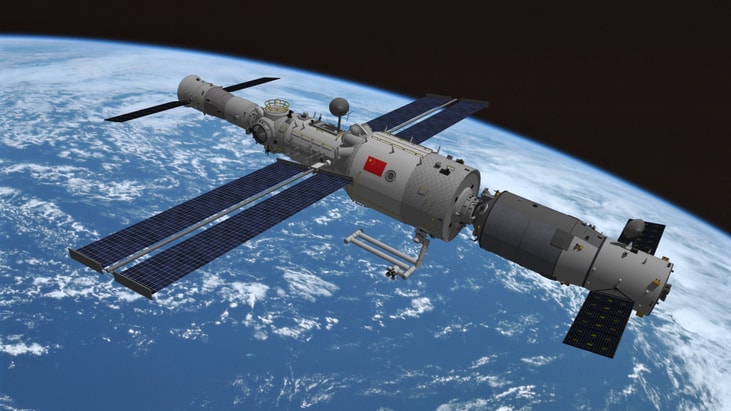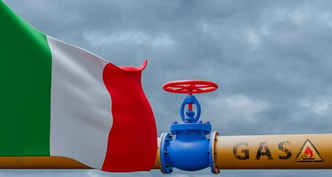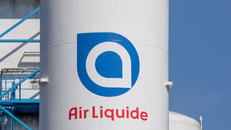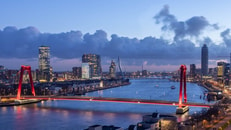China turns CO2 into oxygen on space station
Astronauts onboard the Chinese space station, Tiangong, have successfully turned carbon dioxide (CO2) and water into life-sustaining materials.
Using a process called artificial photosynthesis, the team used technology that mimics the process plants use to turn sunlight, CO2 and water into oxygen and organic compounds.
The goal of this technology is to support astronauts on missions that could last years, such as to the Moon or Mars. This means creating a sustainable loop in space, where resources like oxygen can be generated from waste CO2, reducing the need for resupply missions from Earth.
The experiment was carried out on 18th January in one of the ‘space drawers’ in the aerospace basic test cabinet of the Mengtian module on China’s space station.
... to continue reading you must be subscribed
























